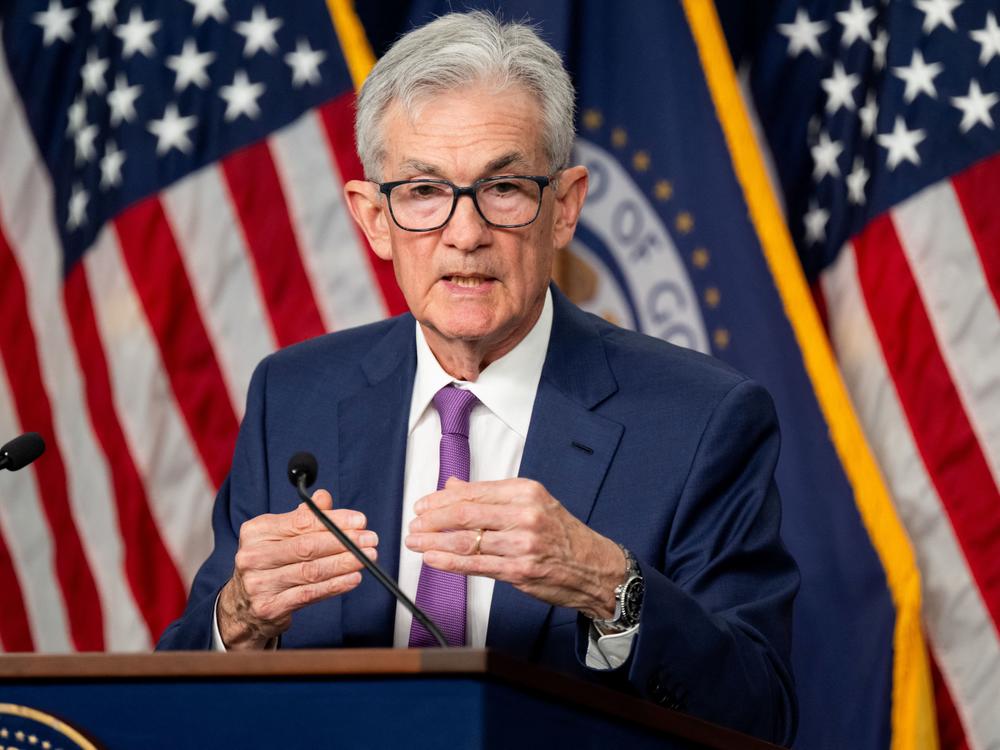Section Branding
Header Content
The Fed holds rates steady, sees only one rate cut in 2024 as inflation cools slowly
Primary Content
The Federal Reserve held interest rates steady Wednesday, while signaling it expects to be able to cut rates only once this year.
The decision and the rate cut projections came hours after the Labor Department reported a modest — but welcome — easing in the inflation rate last month.
The Fed has kept its benchmark interest rate at the highest level in over two decades since last July. That's making it more expensive to get a car loan, finance a business or carry a balance on your credit card.
Fed policymakers still expect to cut rates later this year. But forecasts released at the end of their two-day meeting show on average, policymakers anticipate just one quarter-point rate cut by year's end — down from the three rate cuts they were forecasting in March.
The Fed has been prevented from cutting rates more aggressively because inflation has proven to be more stubborn than expected. Policymakers want more evidence that inflation is falling back towards their target of 2% before they start lowering rates.
The latest cost-of-living report, also released Wednesday, offers some encouraging signs that inflation is moving in that direction.
Consumer prices in May were 3.3% higher than a year ago — a smaller annual increase than the previous month. The consumer price index was flat between April and May, as falling gasoline prices helped to offset rising rents and restaurant prices.
The economy is still doing well
While high borrowing costs have weighed on parts of the economy — especially the housing market — they haven't depressed hiring so far. Employers added a robust 272,000 jobs in May and average wages were 4.1% higher than a year earlier.
Wages have been climbing faster than prices for over a year now, giving workers a real boost in their buying power.
But rapid wage gains can also put upward pressure on prices, making it more difficult for the Fed to control inflation.

